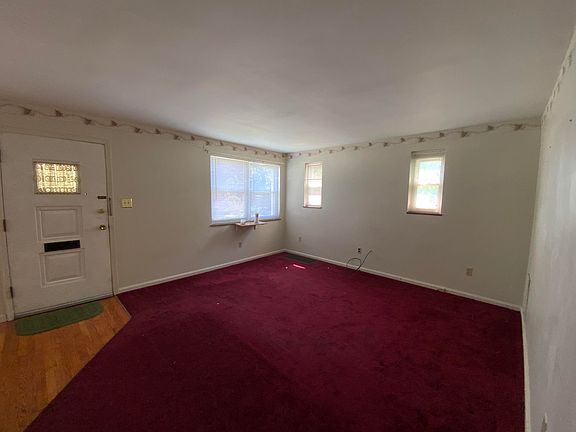

(2016) found conjunctive biases were more prevalent amongst ESP and to a slightly lesser extent PK believers than it was amongst LAD believers, with the first two believer types making 4 The assumption here is that respondents judge constituent B more surprisingly (subjectively less likely) than constituent A. Whilst follow-up work failed to replicate these trends (Rogers, Qualter et al., 2016 Study 2) subsequent research by Rogers, Fisk et al. Recently Rogers, Qualter and Wood (2016 Study 1) found PK believers judged a depicted coincidence experience more reflective of paranormal knowing than either ESP or LAD believers. Methodological issues and future research ideas are also discussed. Findings are discussed in terms of their support for the paranormal misattribution hypothesis and the impact of availability biases in the form of both vividness and severity effects. Corresponding effects for event severity and paranormal belief were not replicated. In Study 2, respondents (also n = 179) generated data that were a moderately good fit to the previous factor structure and replicated several differences across attributional pairings albeit for paranormal non-believers only. Vividness, severity, and paranormal belief types had no impact on attribution confidence. Furthermore, paranormal (psychokinesis) believers deemed the prediction more reflective of paranormal knowing to both (1) a vivid/non-fatal and (2) a pallid/fatal crash depiction. As expected, paranormal believers attributed the accurate crash prediction less to coincidence and more to both paranormal and transcendental knowing than did paranormal sceptics. Principal axis factoring reduced the 29 attribution items to four attribution factors which were then subjected to a 2 (event vividness) × 2 (event severity) × 2 (paranormal belief) MANCOVA controlling for respondent gender. Respondents completed 29 causal attribution items, one attribution confidence item, nine scenario perception items, a popular paranormal belief scale, and a standard demographics questionnaire. The crash was described in either vivid or pallid terms with the final outcome being either severe (fatal) or non-severe (non-fatal). In Study 1, respondents (n = 179) read a hypothetical vignette in which a fictional character accurately predicts a plane crash 1 day before it occurs. Two studies examine the impact event vividness, event severity, and prior paranormal belief has on causal attributions for a depicted remarkable coincidence experience.


 0 kommentar(er)
0 kommentar(er)
